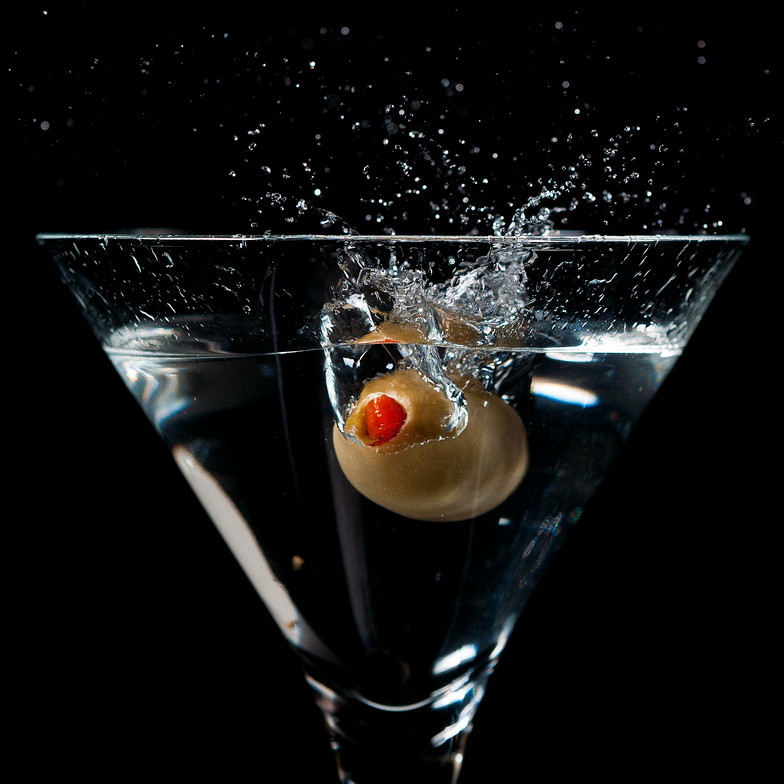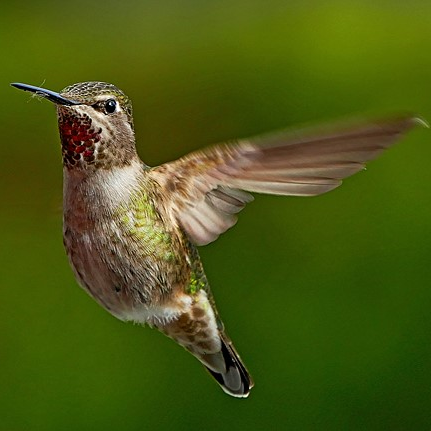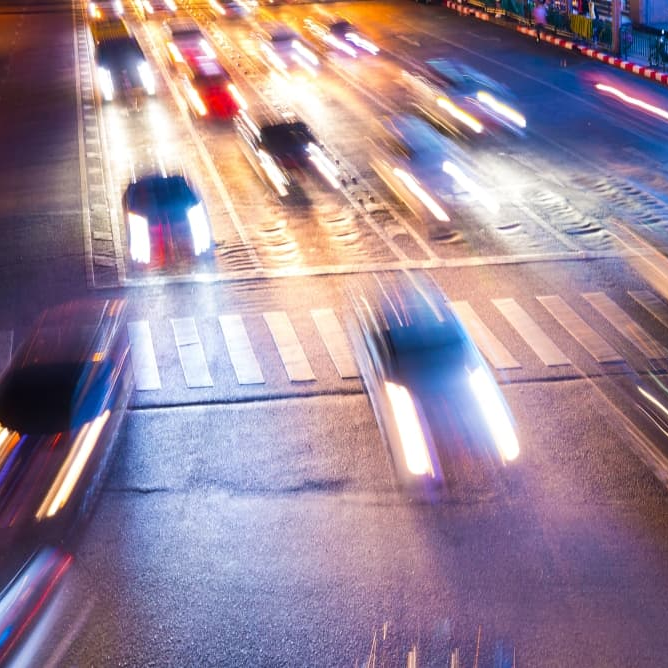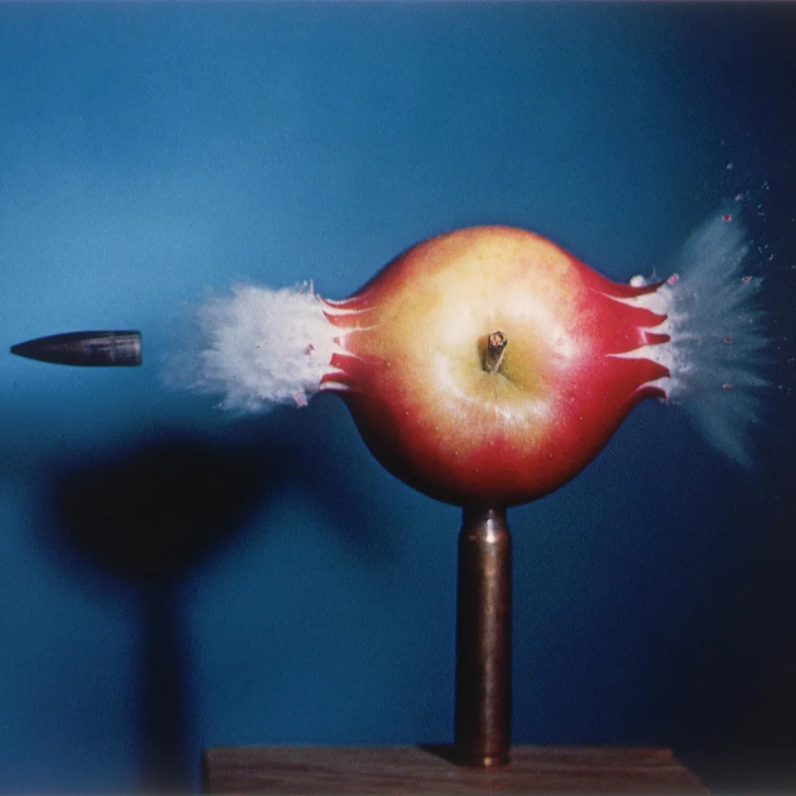Shutter Speed Definition
In photography, shutter speed is the length of time that the film or digital sensor inside the camera is exposed to light when taking a photograph. The amount of light that reaches the film or image sensor is equal to the exposure time. 1⁄500 of a second will let half as much light in as 1⁄250. In addition to its effect on exposure, the shutter speed changes the way movement appears in photographs. Very short shutter speeds can be used to freeze fast moving subjects while very long shutter speeds are used to intentionally blur a moving subject for effect.



Eadweard Muybridge – Fast Shutter Speeds

Muybridge was challenged to settle the old dispute about whether all four of a horse’s legs are off the ground at one time during a gallop. In 1872, he took a single image of a trotting horse with all hooves aloft. But his eventual solution was to capture moving objects with cameras capable of a shutter speed as brief as 1⁄1000 of a second.
Hiroshi Sugimoto – Slow Shutter Speeds

Sugimoto has spoken of his work as an expression of ‘time exposed’, which serves as a time capsule for a series of events in time. Sugimoto often uses large format cameras and long exposure times to capture light behaving in expected but controlled ways.
Harold Edgerton – Fast Shutter Speeds

In 1950, Edgerton worked with Herbert Grier and Kenneth Germeshausen to design a camera shutter device devoid of mechanical components. This allowed the exposure times for his photographs to be taken at four to ten millionths of a second.
Francesca Woodman – Slow Shutter Speeds

Woodman uses slow shutter speed and double exposure when photographing so that she can actively feature in her own work. This also meant that she could capture different stages of movement in a way that could trace the pattern of time. As a result, her images are blurred which suggests motion and urgency.
My Shutter Speed Photographs



